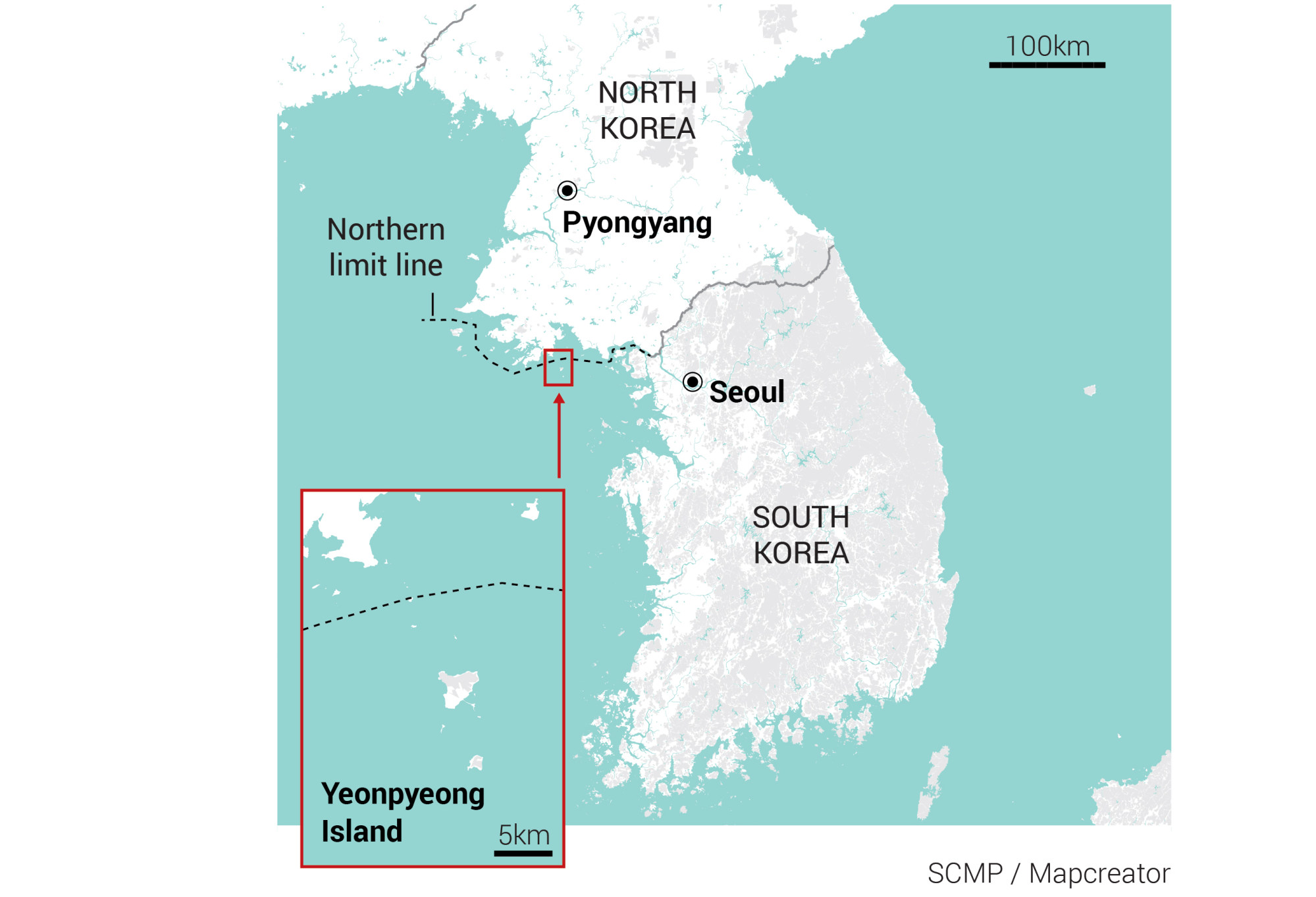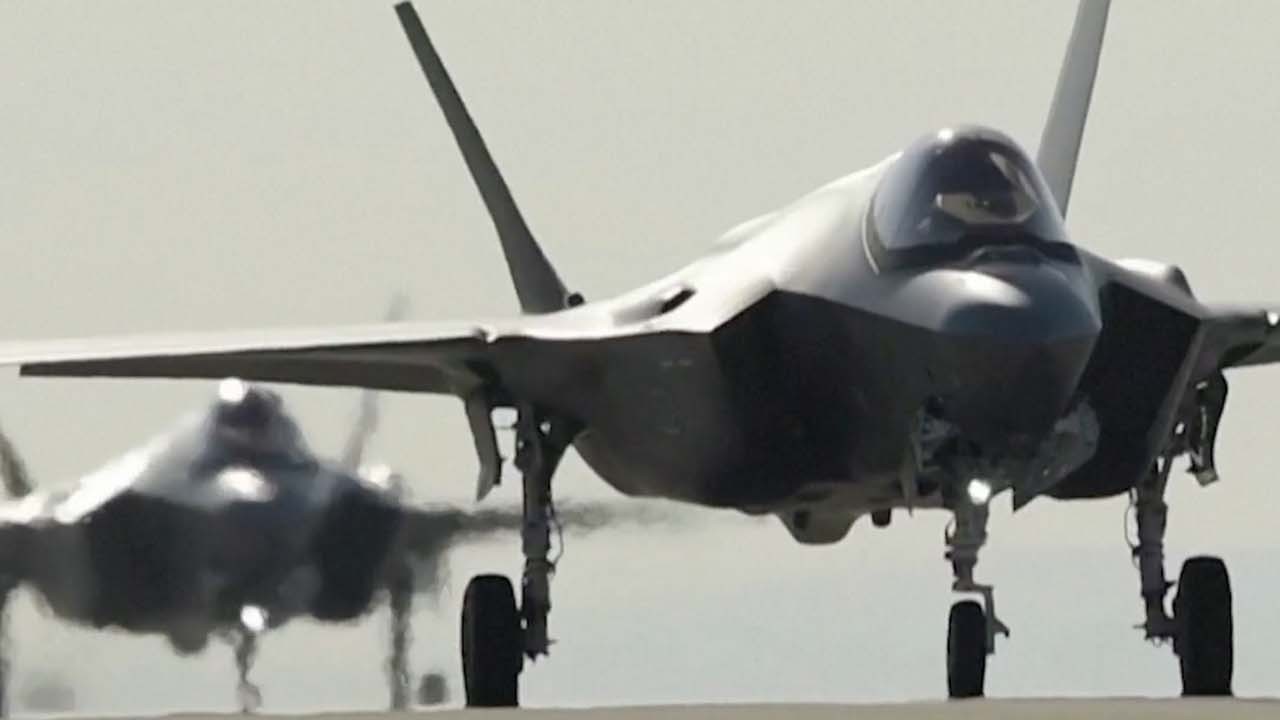
US, South Korea should ease up on their military drills to keep peace on the Korean peninsula
- Intensifying US-South Korea military exercises provokes Pyongyang, raises tensions and risks a breakdown of the 2018 inter-Korean border agreement, when an environment for diplomacy and dialogue should be created instead
That same day, US defence secretary Lloyd Austin pledged to respond to any North Korean provocation by “employing US strategic assets to the level equivalent to constant deployment” in and around the Korean peninsula.
Instead of scaling down tensions, the US and South Korea kicked off their largest joint air drills last week, despite North Korea’s repeated warnings against them.
Washington and Seoul responded by extending the air drills. On Monday, North Korean media blamed the “serious situation prevailing on the Korean peninsula” on the “reckless military hysteria of the US and South Korea”, warning that the situation was moving towards a “more unstable confrontation”.
Still, South Korea kicked off its annual computer-simulated Taegeuk exercises that day, meant to enhance its operational capabilities against North Korean threats.
The US and South Korea know the North Koreans don’t respond well to their joint military drills. Although the drills are arguably necessary to “maintain military readiness”, their excessive repeating is not.
Instead of deterring North Korea, they raise tensions, lower security and give Pyongyang more excuses to continue its military action. In this vicious and dangerous cycle, it’s difficult to see a peaceful way out.
If both Koreas remain stuck in a cycle of military provocation, the consequences could be highly undesirable and affect countless innocent people. As developments in recent months have made clear, North Korea will not easily be deterred by words, threats or military drills.
Despite this, the response of the US and South Korea has remained the same. Instead of trying to diffuse the situation by not responding with additional, unnecessary military drills, Washington and Seoul have chosen to play a dangerous and ultimately useless game of action-reaction with Pyongyang.
The provocations by North Korea could have been avoided if military drills were not resumed. How would more exercises be the answer to diffusing tensions?
North Korea’s Kim Jong-un must be talked down before game of dare escalates
According to the US State Department, the military drills “do nothing more than support the security of our allies in the region” and the US harbours “no hostile intent” towards North Korea. But as it stands, the joint military exercises have prolonged provocative military action by both North and South Korea.
Through this agreement, both Koreas had agreed to create buffer zones on either side of the Northern Limit Line and cease all live-fire and maritime manoeuvre exercises within these zones. The goal was to completely suspend all hostile military activity along the inter-Korean border.
If this agreement were to be dissolved, it is highly likely that the inter-Korean border becomes an explosive, volatile zone where accidental clashes could result in unwanted and dangerous confrontations.

This would be dangerous for both Koreas and the wider Asian region. For example, a launched missile could misfire, landing in a civilian area. A ship could accidentally be sunk. Artillery fire could end up unintentionally killing innocent civilians. The possibilities for disaster are endless.
Instead of reciprocal military action, the US and South Korea should focus on objectively and realistically re-evaluating their North Korea strategies and create an environment for diplomacy and dialogue.
While it may not seem fair and would require some swallowing of pride, if the US’ goal is truly to protect the security of its allies, then it must lead the way and do everything possible on its part to decrease tensions. This means refraining from military actions, even those meant to be “defensive”. They are simply not conducive to North Korea scaling back its military acts.
If all sides continue trying to outshine each other militarily, there is no telling how the region’s security situation could deteriorate. Risks are being raised by the day, but it is not too late yet to change course.
Gabriela Bernal is a North Korea analyst and PhD scholar at the University of North Korean Studies in Seoul, South Korea



